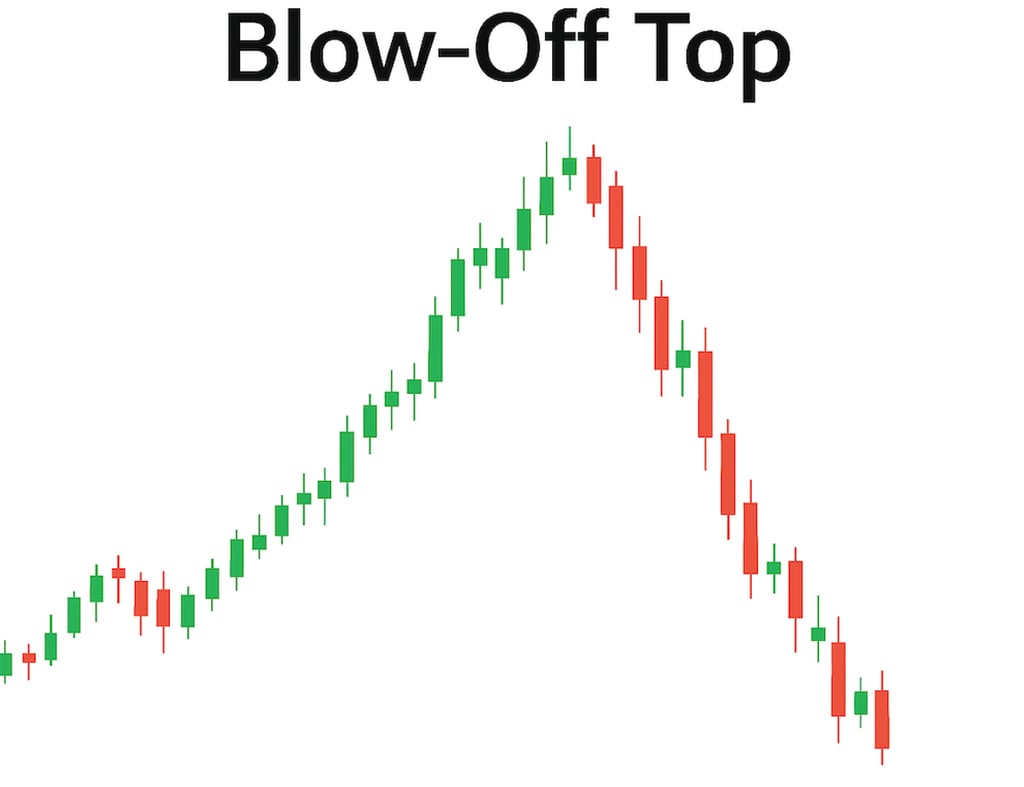What’s a Melt-Up—And Why It’s Dangerous
“If you're not willing to react with equanimity to a market price decline of 50% two or three times a century, you're not fit to be a common shareholder." — Charlie Munger
6/18/20252 min read


Why Investors Should Be Cautious in the Months Ahead
A melt-up occurs when markets surge irrationally—not because of improving fundamentals, but due to greed, FOMO, and speculative euphoria. These types of rallies tend to ignore weak data, disappointing earnings, and rising macro risks. Think late 1999 or 2007.
Right now? I believe we’re entering the final stages of one.
Despite the sharp V-shaped rally following April’s tariff selloff, real economic stress is building beneath the surface:
Consumer Delinquencies Are Rising
Credit card delinquencies have climbed to levels not seen since the GFC—and they're still rising. Buy now, pay later is surging in use and so are the delinquency rates.
Student loan payments have resumed, and 90-day delinquencies are spiking, potentially leading to wage garnishment.
Consumer Sentiment Is Cracking
The University of Michigan’s sentiment index around the real economy remains suppressed.
Real wage growth is flat, and layoffs are quietly accelerating across sectors.
Housing Market Stress Is Mounting
Affordability, adjusted for inflation, is at its worst since the GFC.
Pending home sales have collapsed, and prices are beginning to follow.
Why This Melt-Up Likely Ends Badly
Markets are acting extremely complacent.
Retail investors are more exposed than ever—many with their retirements on the line.
Earnings disappointment or credit stress could trigger a fast market unwind.
If supply chain disruptions or macroeconomic/geopolitical shocks return, they could ripple through profit margins, hiring, and sentiment.
What To Watch For
Credit spreads for signs of sudden risk repricing.
Consumer delinquencies across credit cards, auto, and student loans either rising or falling.
Fed balance sheet changes, liquidity injections, and interest rate policy shifts.
Corporate earnings revisions and guidance outlooks.
Opportunities to hedge against downside risk in a shifting market.
This newsletter is for informational and educational purposes only and does not constitute investment advice or a recommendation to buy or sell any securities. All investments involve risk, including the possible loss of principal. Past performance is not indicative of future results. Iron Valley Investments is a registered investment adviser in the State of Pennsylvania. Registration does not imply a certain level of skill or training. A copy of Iron Valley Investments current written disclosure statement discussing Iron Valley Investments business operations, services, and fees is available at the SEC’s investment adviser public information website – www.adviserinfo.sec.gov or from Iron Valley Investments upon written request.
